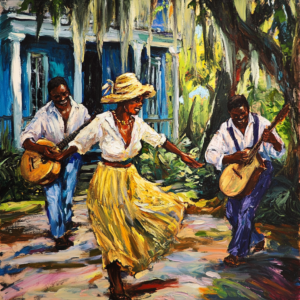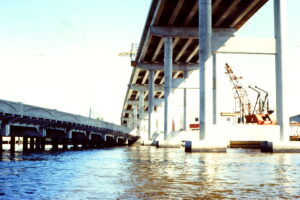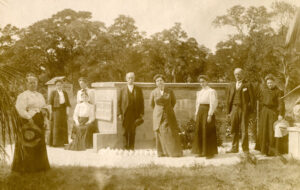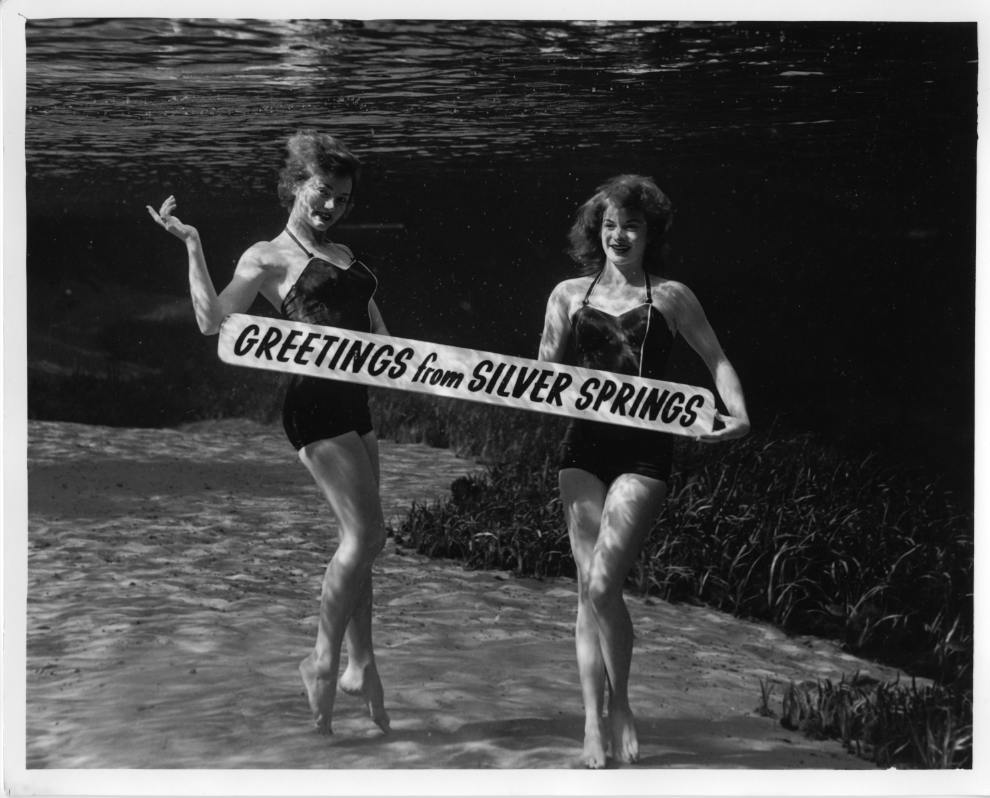
Long before Disney World, Silver Springs was one of the state’s most popular tourist attractions. In its heyday, the crystal clear waters of Silver Springs attracted more than one million visitors a year.
In the 1860s, Samuel Howse bought 242 acres that surrounded the headwaters of the Silver River. Tourists came up the Silver River by steamboat to view the springs making them a mandatory stop on the Florida “grand tour.”
A decade later, Hullan Jones and Phillip Morell brought the glass bottom boats to Silver Springs where they were used to take tourists on the river so they could see the springs up close and personal. By the 1890s, commercial glass bottom boats were developed to meet the demands of the visitors. In 1898 HL Anderson purchased the springs and the surrounding area from Howse.
In 1909 C. Carmichael bought 80 acres of land from Anderson for less than $3,000. In 1925, Ross Allen, a famous herpetologist opened the “Ross Allen Reptile Institute” near the head of the springs. This attracted thousands of tourists for many decades.
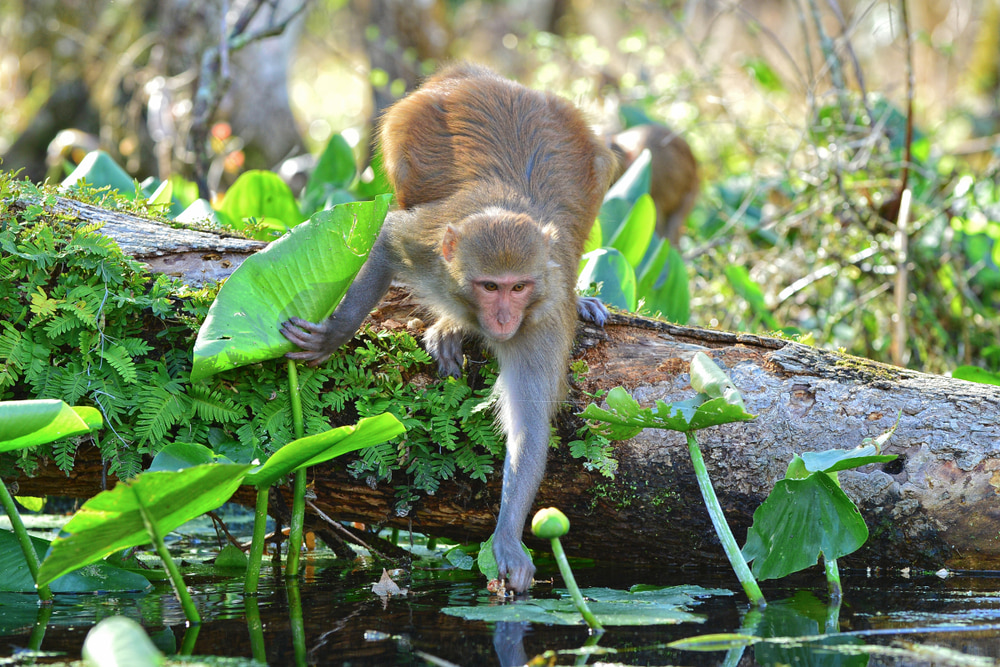
In the 1930s Colonel Tooey established the first group of wild rhesus monkeys on an island in the Silver River. He operated a Jungle Cruise boat ride and planned to use the monkeys as an attraction for those on his jungle cruise. However, Tooey failed to realize that these monkeys were excellent swimmers, and they escaped the island and formed their own feral colonies all along the river. They can still be seen today hanging out in the trees along the banks of the river.
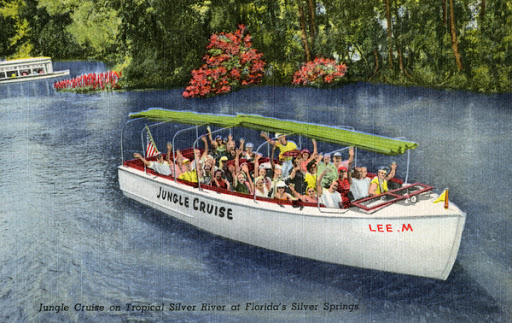
By 1950, Silver Springs had more than 800,000 visitors annually. In 1962 ABC Paramount purchased the park and from 1974 to 1978 they expanded development at Silver Springs and began renovations of Cypress Island.
From 1974 to 1978 ABC expanded development at Silver Springs and the surrounding area. In 1974 they started to renovate a 5-acre island. Cypress Island opened as an attraction in November 1974, with formal opening in the spring. In 1984 ABC sold the land to Florida Leisure Attractions which opened a 35 acre Jeep Safari in 1990. Visitors were taken into the forest to view the wild animals and view where the Tarzan movies and Sea Hunt was filmed. A “Lost River Voyage” took guests one mile down the Silver River to a small island where they could see native animals before returning to the dock.

In 1993, the park was sold to the State of Florida but Florida Leisure Corp continued to manage the park under a long term lease. In 1996, Ogden Entertainment got the lease and initiated a multi-million dollar expansion project which was completed in 1999.
In July 2002, Palace Entertainment took over management of the park adding new attractions. However, the springs began to suffer from the surrounding developments decreasing the visibility and producing pollution in the springhead. The park’s profit margin began to decline and Palace wanted out of their lease.
In 2013, the State of Florida took over the park and it became part of the state park system. Today, the state park has fifty-nine campsites offering water and electric hook ups with fire rings, grills and picnic tables. In addition, the park offers vacation cabins which can accommodate up to six people. Each cabin has a dining area, two bedrooms, one bath, central AC and heating, and a large screened porch. Dishes, pots and pans, silverware, etc are all provided.
Glass bottom boat tours are available as well as canoe and kayak rentals.
